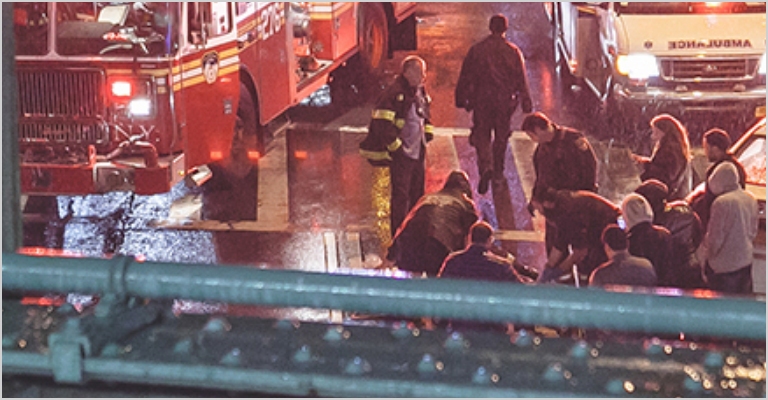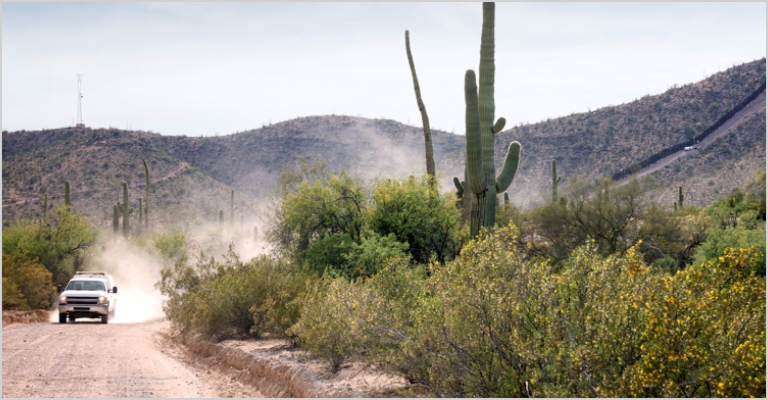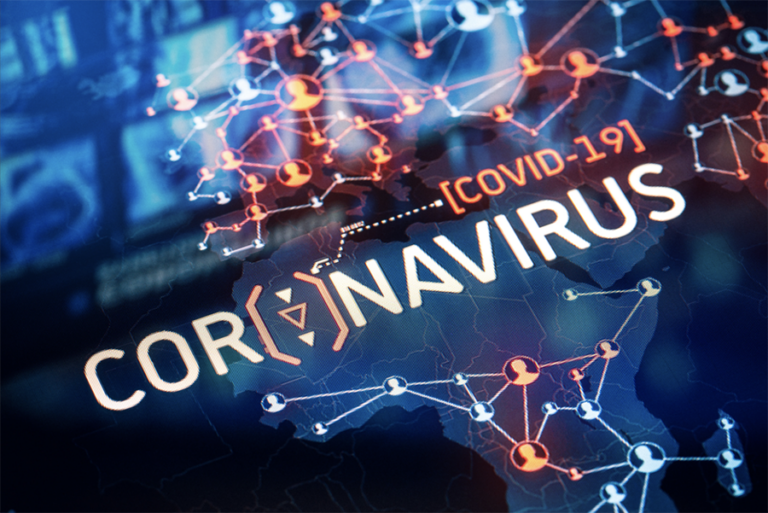Past

COVID-19 impacts on health, behavior, resilience and trade
The future economic effects of COVID-19 are highly uncertain. Early predictions showed COVID-19 may plunge the U.S. into an economic recession. However, current conditions make it difficult to predict the length and severity of the pandemic and identify any long-term economic repercussions.

Evaluating trustworthiness of AI-enabled systems
The advancement of artificial intelligence (AI), including machine learning (ML) and increasingly autonomous systems, has resulted in a push for technical standards that can assess the trustworthiness of these technologies. Developing standards have the potential to drive the design and development of trustworthy systems, and to more cost-effectively evaluate AI-enabled systems during technology acquisition or regulation.

Optimization for disaster response including COVID-19
The risk of natural disasters and national emergencies drives the need for real-time decision-making to guide the allocation of critical resources and the design of resilient and effective supply chains to respond effectively to these events.

Improving detection of threats at border operations
Securing the border between Ports-of-Entry (POEs) uses a variety of both physical and virtual infrastructure to detect, deter and disrupt pathways. The U.S. government is making substantial investments in both types of infrastructure to improve their capacity to prevent illegal smuggling and trafficking.

Identifying biological weapons threats post COVID-19
The COVID-19 pandemic has raised concerns on the state of biological warfare (BW) defense strategies. This includes identifying countries most likely to pursue the development of these BW capabilities, including the development of viable BW programs.
